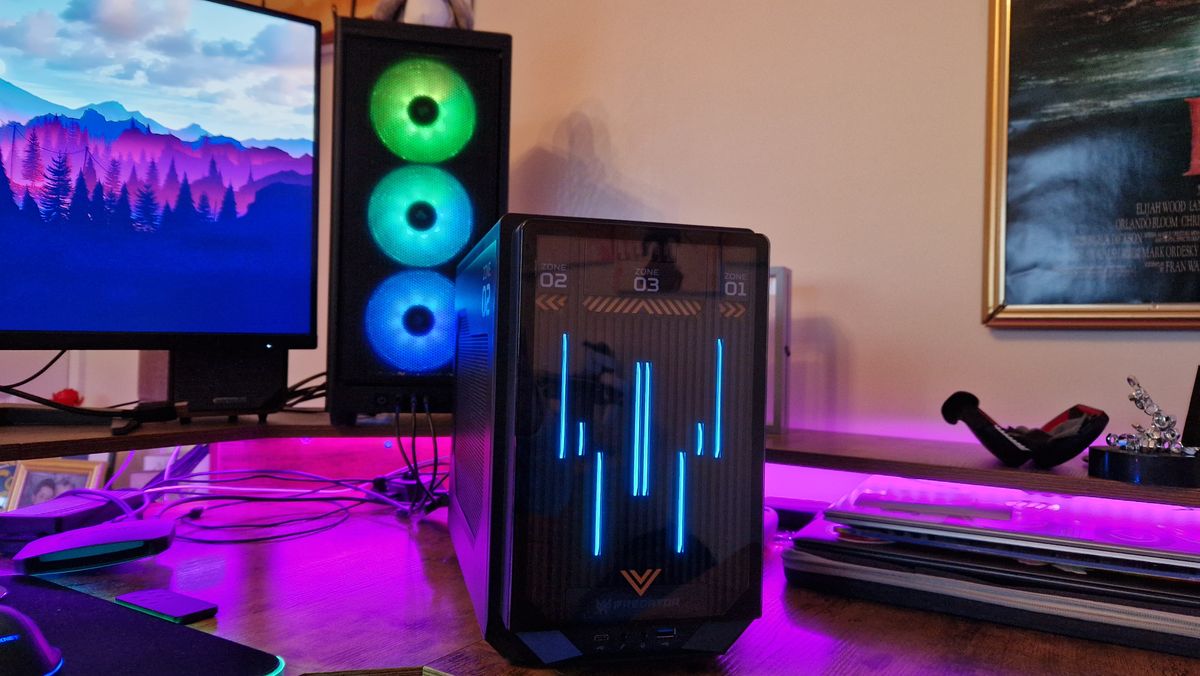
Top Features to Look for in a Privileged Access Management System
With cyber threats becoming more targeted and sophisticated, managing who can access your most sensitive systems is no longer optional—it’s essential. That’s where PAM software comes into play, offering a layer of security that controls and monitors privileged accounts. These systems are designed to prevent insider threats, reduce attack surfaces, and ensure compliance. This article helps you understand the top features that matter most when selecting a PAM solution for your organization.
Granular Access Controls for User-Specific Permissions
One of the first features to look for is granular access control. This allows administrators to set precise permissions based on job roles, departments, or task requirements. Instead of giving broad access to multiple systems, users only get what they truly need—nothing more. This principle of least privilege greatly reduces risk and limits potential damage in a breach.
With the right PAM, you can enforce role-based access policies, ensuring users don’t access critical data beyond their scope. This also supports accountability and makes compliance reporting easier.
Session Recording and Real-Time Monitoring
Visibility is critical when dealing with privileged accounts. A strong PAM system should offer session recording and real-time monitoring to track user activity while accessing sensitive systems. This feature enables security teams to review what was done during each session, which is vital for detecting suspicious behavior and conducting audits.
Not only does this discourage misuse, but it also creates a digital trail in case something goes wrong. This kind of oversight can make or break an incident response effort.
Credential Vaulting and Auto-Rotation
Storing and managing passwords manually is risky and inefficient. High-quality PAM tools provide credential vaulting—securely storing passwords, keys, and credentials in an encrypted vault. These tools also include automatic password rotation, reducing the risk of stolen or reused credentials.
This automation strengthens security without creating friction for users. For example, even if an admin password is used daily, it can be automatically changed on a schedule without requiring manual updates. Auto-rotation also supports compliance with frameworks that demand regular password updates.
Multi-Factor Authentication (MFA) and Policy Enforcement
Accessing privileged accounts should never rely on a single password. Multi-Factor Authentication (MFA) adds another security layer by requiring users to verify their identity through a secondary method, like a mobile app or security token. A robust PAM system should include built-in MFA or seamless integration with external MFA tools.
Additionally, the ability to enforce customizable access policies helps businesses meet specific security goals. Whether restricting access by time of day or enforcing geo-location rules, policy controls add necessary flexibility. These features are especially valuable for remote teams and hybrid environments.
Scalability and Seamless Integration
Your security tools should grow with your business. An effective PAM solution must scale as your organization adds more users, systems, and devices. Look for a platform that supports cloud, on-premise, and hybrid infrastructure so you’re not locked into one setup.
Integration is just as crucial. Leading PAM solutions easily connect with identity providers, ticketing systems, and security information tools. For example, ConnectWise offers integrations that streamline IT operations while strengthening access control, making the entire ecosystem work better together.
Choosing the right PAM software is a strategic move that protects your most valuable digital assets. From access controls to session recording and credential management, the right features make a huge difference. It’s not just about security—building trust, ensuring compliance, and giving your team the tools to work safely. Look closely at your organization’s needs, then find a PAM solution that checks all the right boxes. After all, in cybersecurity, prevention is always better than reaction.
Popular Categories





